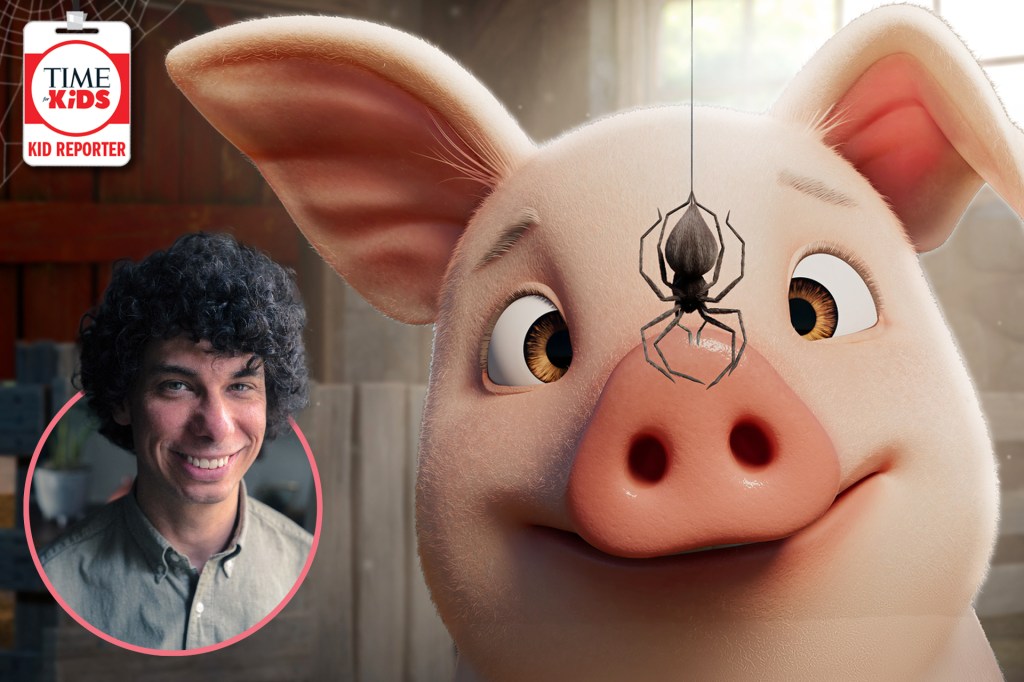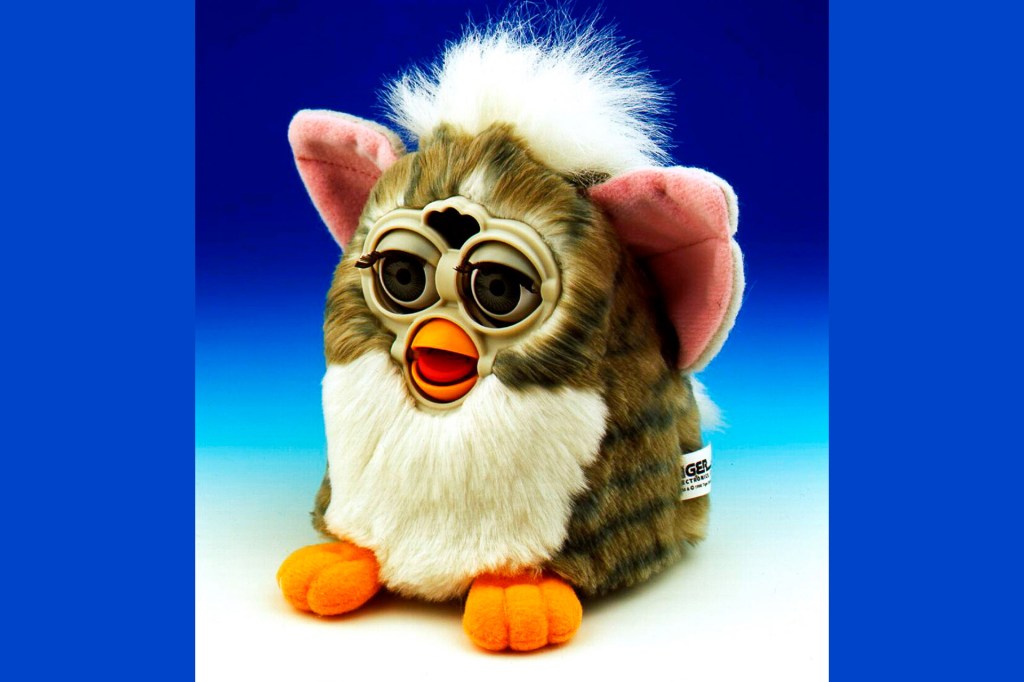Diving Deep
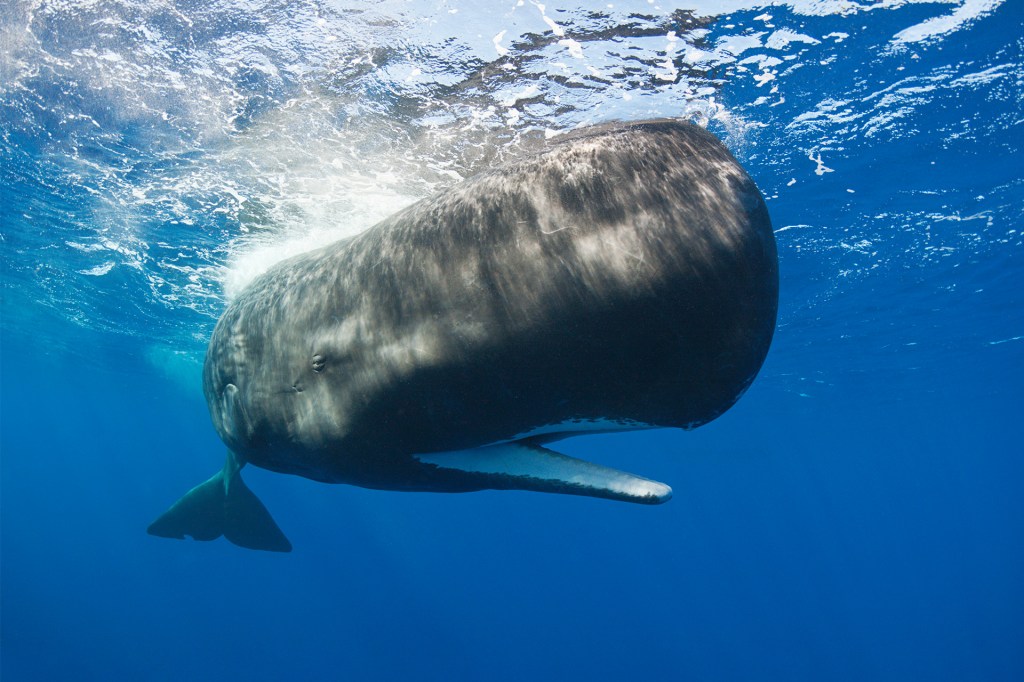
There are trillions of pieces of plastic in the ocean. This is dangerous for deep-diving whales. They mistake the plastic for food. But why do whales mix up plastic and prey? A team of marine biologists wanted to find out.
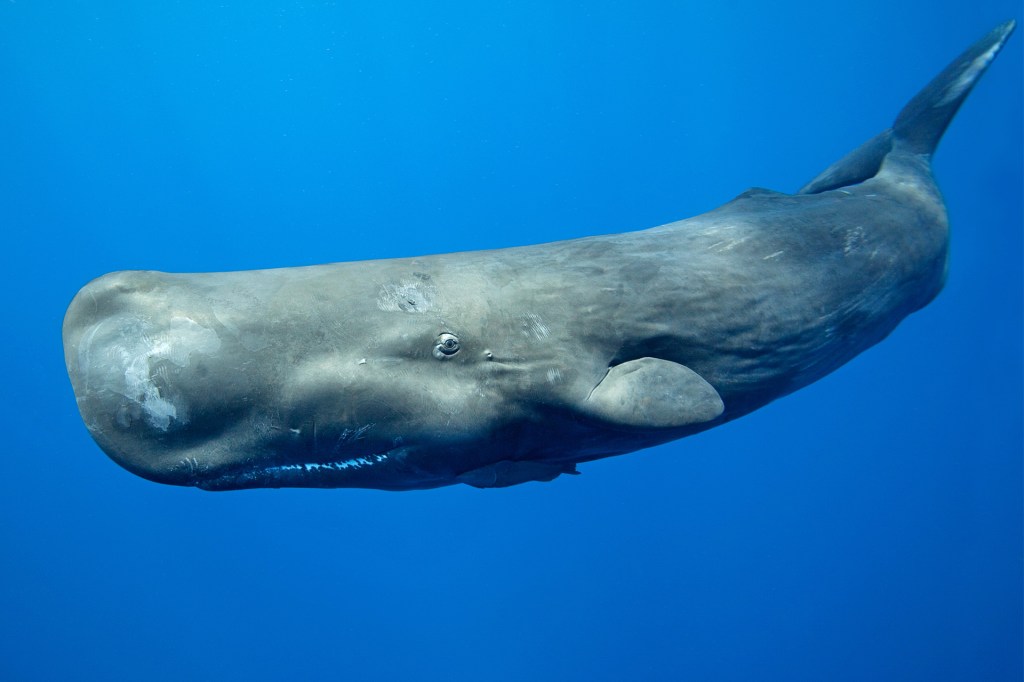
Sperm whales dive thousands of feet to hunt. They dive deeper than any other marine mammal.
JAMES R.D. SCOTT—GETTY IMAGES
These scientists are part of the Duke University Marine Lab. Their research explains why some whales accidentally eat garbage. The problem comes down to a process called echolocation. Whales use it to find their way around.
Hunting by Sound
Some whales, like sperm whales, hunt deep in the ocean. It’s dark there. The whales can’t see, but they can hear. So they use echolocation.
First, the whales make a sound. Then they listen. They hear echoes bounce off of objects. The echoes bounce off of prey, like squid. But they also bounce off of garbage. To whales, trash “sounds” like prey. That’s why they eat the garbage.
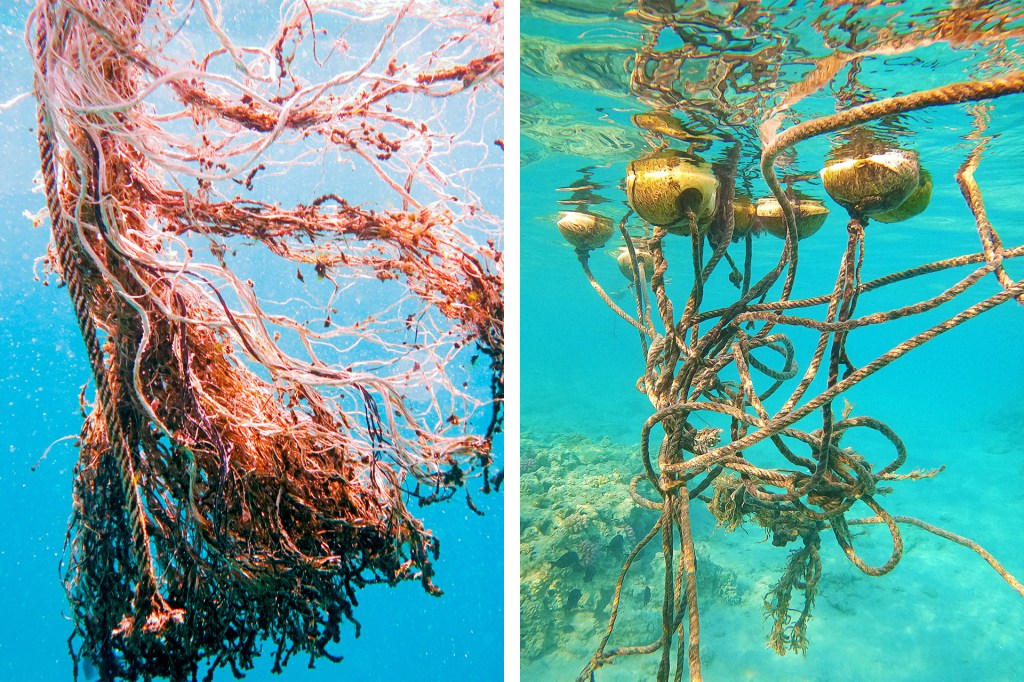
Tangled fishing net (left) and knotted rope (right) drift in the ocean. Whales can mistake both for food.
PLACEBO365—GETTY IMAGES, SEBASTIAN CONDREA—GETTY IMAGES
To figure this out, the Duke University scientists gathered items like plastic bottles and rope. These have been found in whale stomachs. The scientists bounced sounds off of the objects and measured the echoes. The echoes from garbage were similar to those from prey animals.
Finding a Solution
Greg Merrill led the study. He was “unsurprised” by the results. “We knew they were eating the garbage,” he told TFK. “There had to be a reason.”
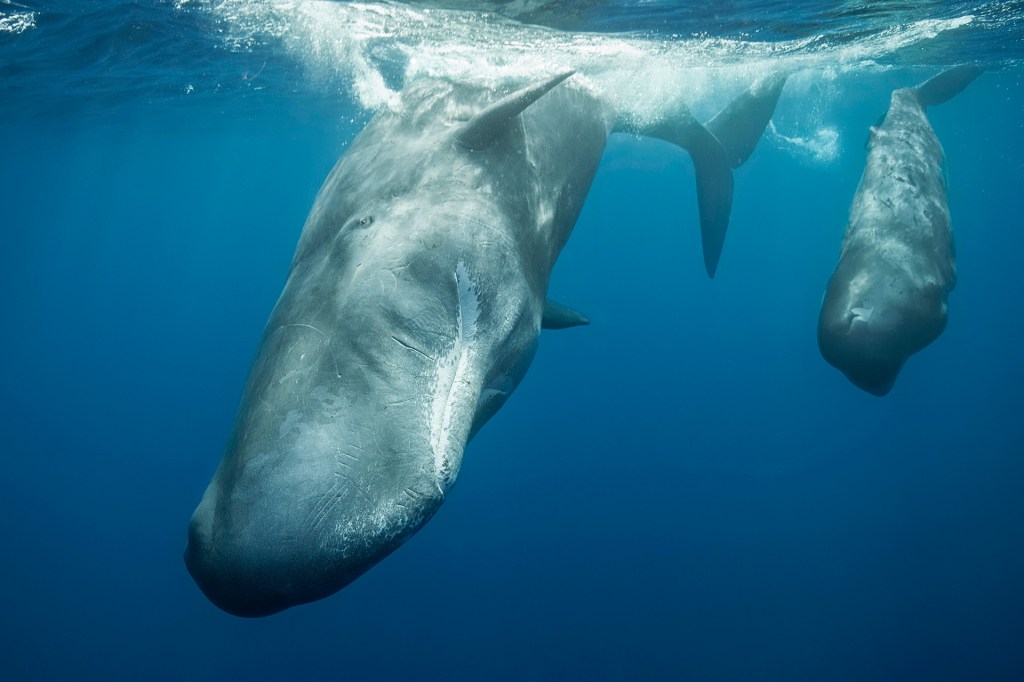
A sperm whale dives to the ocean depths. These whales use echolocation to hunt for food.
REINHARD MINK—GETTY IMAGES
Many kids care about marine life. Freddie Slater-Reynolds, 7, is one of them. He shared this advice for people who want to help: Don’t litter. Litter finds its way into the ocean. “Throw it in the garbage bin,” Freddie says.





